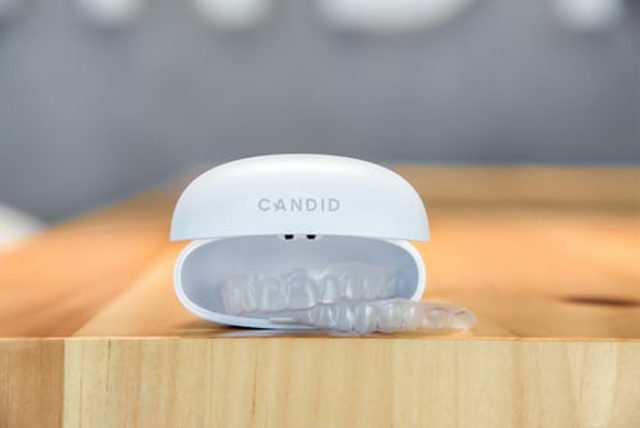Based on recent statistics, almost four million people in the United States suffer from orthodontic problems. Consequently, braces are increasingly becoming popular among most people. The right orthodontic treatment can restore your smile and boost your overall health. At present, there is a broad spectrum of orthodontic treatment options. Each of them offers distinct advantages and disadvantages. More often than not, your orthodontist will suggest a certain orthodontic treatment based on your dental health requirements. Today, two of the most common orthodontic treatment options are braces and Invisalign. Both treatment options are effective. But is Invisalign better than braces?
Read more – Woodbridge Invisalign

Braces vs. Invisalign
Efficiency:
In most instances, braces are more effective in fixing serious orthodontic problems. Typically, braces are more robust, and, hence, they use more pressure to align the teeth and jaws. On the other hand, Invisalign does not apply too much pressure on the jaws. Therefore, they are often used to treat mild orthodontic problems. In addition, it is not effective when it comes to treating overcrowded teeth, underbites, and overbites. With Invisalign, you’ll have to use supplemental braces to boost their efficiency.
Consistency:
Invisalign is temporary. You can remove them anytime you want. However, you have to ensure you wear it for at least 22 hours a day. At times, patients can forget to put them on. As a result, the recovery process gets slowed down.
Conversely, it is impossible to remove braces without professional help. For at least one to two years, braces are permanently attached to your teeth. Subsequently, they are more effective and take a shorter time to fix your orthodontic problems.
Costs:
Generally, Invisalign is more costly. On average, the treatment costs about $2,400 to $9,000, while braces cost approximately $1,700 to $3,500. Of course, the cost often depends on the type of brace you choose and the severity of your condition. But if you have a limited budget, it would be best to settle for braces. Some insurance plans do not cater to Invisalign. So, always check the insurer’s terms and conditions before you settle for Invisalign treatment. Most dental insurance plans cover braces only.
Comfortability:
It is a more comfortable orthodontic treatment option compared to braces. Braces apply a lot of pressure on the teeth. Thus, they may not feel comfortable. Invisalign does not tighten the jaws and teeth too much. Additionally, it does not have any metal or brackets. And they still deliver excellent functionality. Finally, if you want to be comfortable, Invisalign is a good option.
Invisibility:
Braces can affect an individual’s self-esteem due to their visibility. In particular, teenagers who wear braces may have low confidence levels. Although braces are colorful, not everyone loves how they look. On the contrary, Invisalign is almost invisible. It is transparent; hence, it takes the color of the teeth. If you don’t want other people to notice that you have braces on, Invisalign is a good option.
Easy to clean:
It is simpler to clean compared to braces. Remember, you can take off Invisalign anytime you feel like it. With braces, you don’t have the freedom to take them off your teeth. Therefore, food is likely to accumulate around the brackets and cause discoloration. But this does not mean that you can’t keep your braces clean. Consult your orthodontist about the best ways to clean your braces. Also, when wearing Invisalign or braces, never forget to floss and brush your teeth at least twice a day.

Food options:
Wearing Invisalign gives you the unique privilege of eating anything you want. This is because you can remove them during meals. Even so, you have to eat healthy meals. Braces restrict your diet. Dental experts often advise limiting the intake of sugary and spicy foods if you have braces. Such foods can build up around the metal brackets and prolong the treatment period.
Dental infections:
Braces carry a higher risk of dental infections. Remember, braces are permanently fixed on the teeth. Thus, it can be hard to reach certain areas of the teeth when cleaning your teeth. And this can lead to the accumulation of dirt and debris on the teeth. In turn, this leads to tooth decay, among other dental infections. Invisalign rarely causes any dental problems if you clean it properly and brush your teeth as per the orthodontist’s instructions.
Which is better? Invisalign or braces?
The best orthodontic treatment option for you often depends on your dental needs. But generally, braces help in treating serious orthodontic conditions. Braces are stronger and apply a lot of pressure to the teeth. Thus, they can align teeth within a very short time. Braces, however, carry more risk of dental infections and are harder to maintain. Invisalign incorporates a longer treatment period since it is not permanently attached to the teeth. Even so, they are effective and protect you from dental infections. Before selecting a particular orthodontic treatment option, it would be best to consult your orthodontist.

